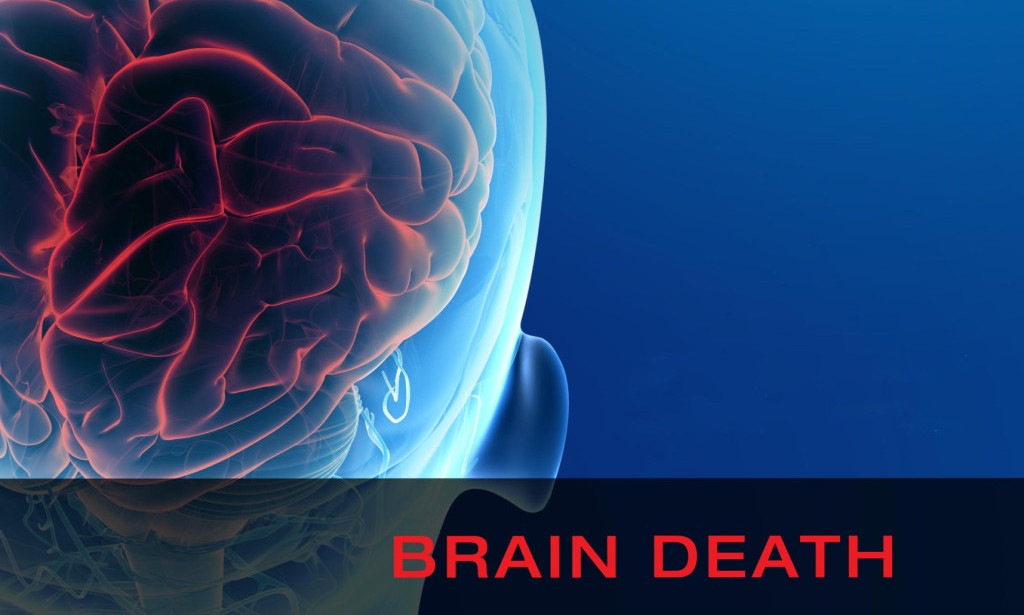Brain death, also commonly referred to as death by neurologic criteria, has been considered a legal definition of death for decades. Its determination involves many considerations and subtleties. In this review, we discuss the philosophy and history of brain death, its clinical determination, and special considerations. We discuss performance of the main clinical components of the brain death exam: assessment of coma, cranial nerves, motor testing, and apnea testing. We also discuss common ancillary tests, including advantages and pitfalls. Special discussion is given to extra-corporeal membrane oxygenation, target temperature management, and determination of brain death in pediatric populations. Lastly, we discuss existing controversies and future directions in the field.
Physicians, health care workers, members of the clergy, and laypeople throughout the world have accepted fully that a person is dead when his or her brain is dead. Although the widespread use of mechanical ventilators and other advanced critical care services have transformed the course of terminal neurologic disorders. Vital functions can now be maintained artificially for a long period of time after the brain has ceased to function. There is a need to diagnose brain death with utmost accuracy and urgency because of an increased awareness amongst the masses for an early diagnosis of brain death and the requirements of organ retrieval for transplantation. Physicians need not be, or consult with, a neurologist or neurosurgeon in order to determine brain death. The purpose of this review article is to provide health care providers in India with requirements for determining brain death, increase knowledge amongst health care practitioners about the clinical evaluation of brain death, and reduce the potential for variations in brain death determination policies and practices amongst facilities and practitioners.
In the practice of critical care, ‘the care of a severe brain injured patient’ is one of the toughest challenges for a critical care physician. Initial therapy provided for patients with severe brain injury or insult is directed towards preservation and restoration of neuronal function. When this primary treatment is unsuccessful and the patient's condition evolves to brain death, the critical care physician has the responsibility to diagnose brain death with certainty and to offer the patient's family the opportunity to donate organs and / or tissues.
There is a clear difference between severe brain damage and brain death. The physician must understand this difference, as brain death means that life support is futile, and brain death is the principal prerequisite for the donation of organs for transplantation.
This review focuses on the clinical determination of brain death in adults and children, including the potential confounding factors, and provides an overview of valid confirmatory tests.
Historically, death was defined by the presence of putrefaction or decapitation, failure to respond to painful stimuli, or the apparent loss of observable cardio respiratory action. The widespread use of mechanical ventilators that prevent respiratory arrest has transformed the course of terminal neurologic disorders. Vital functions can now be maintained artificially after the brain has ceased to function. In 1968, an ad hoc committee at Harvard Medical School reexamined the definition of brain death and defined irreversible coma, or brain death, as unresponsiveness and lack of receptivity, the absence of movement and breathing, the absence of brain-stem reflexes, and coma whose cause has been identified.



You must be logged in to post a comment.